Behind-the-Scenes Facts About ‘Crimson Tide’
Crimson Tide (1995) is an American submarine thriller directed by Tony Scott and starring actors Denzel Washington and Gene Hackman. The film masterfully combines suspenseful action sequences with thought-provoking philosophical discussions, creating a tense and gripping narrative. The following are six behind-the-scenes facts about Crimson Tide and its production.
The film’s title is a reference to the University of Alabama
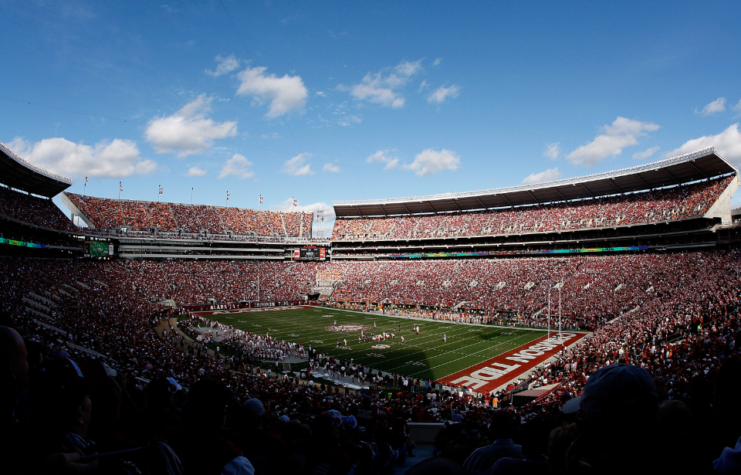
Crimson Tide takes place aboard the USS Alabama (SSBN-731), the sixth Ohio-class nuclear-powered ballistic missile submarine. The vessel’s motto is the same as the state of Alabama’s – Audemus Jura Nostra Defendere (“We Dare Defend Our Rights”) – so it makes sense that the film’s title would have a connection to the state, as well – or, at least, the University of Alabama.
“Crimson Tide” is the name given to the various sports teams of the University of Alabama. While Crimson Tide might sound like a more poetic version of The Hunt for Red October (1990), it ultimately has nothing to do with the submarine or the military, and is ultimately in reference to Alabama.
The US Navy refused to help with the production of Crimson Tide
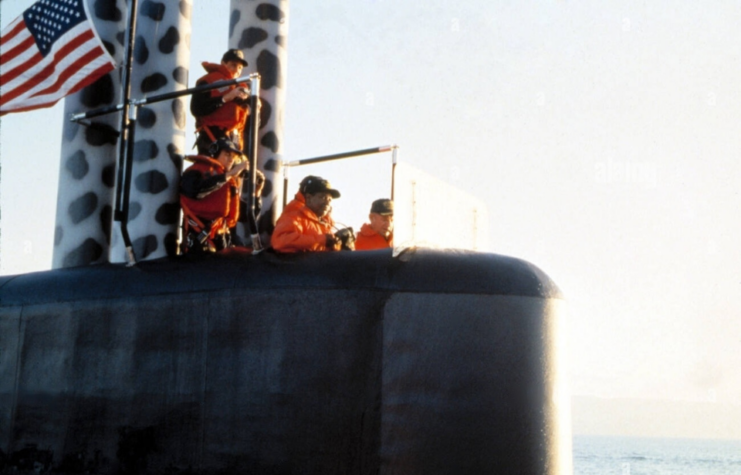
Director Tony Scott, after having the US Navy help with the production of Top Gun (1986), was sure he’d have the service’s assistance in making Crimson Tide. As such, he was surprised to find out the Navy wouldn’t support the making of the film.
Initially, Scott and other crew members were allowed aboard the USS Florida (SSGN-728) to do research for the film, but the Navy withdrew its assitance when filming began.
The reason for this was what was at the heart of the story; the service didn’t like the idea of portraying a mutiny aboard an American submarine. While mutiny-like actions have been seen in the US Navy’s history, the service officially states that no mutiny has ever taken place aboard an American ship, and it certainly wasn’t going to help show one on the big screen.
Starring a real-life submarine
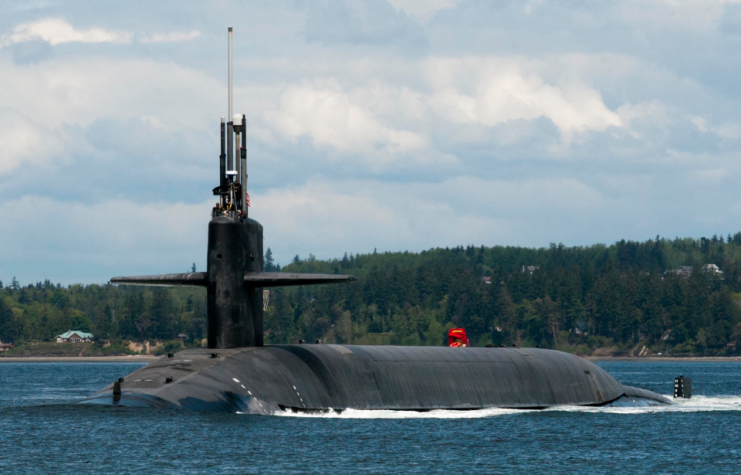
Despite the US Navy not supporting the production of Crimson Tide, the submerging of the submarine at the start of the film was, in fact, a real Ohio-class vessel. Someone had told Scott that a submarine would transitting from Pearl Harbor while the film was in production, so he chartered boats and a helicopter to get the shots he needed.
Despite the Navy’s objections, Scott maintained that his actions were completely legal. Either way, no charges were ever laid. The best part, the submarine that Scott captured on film was none other than the USS Alabama (SSBN-731) herself!
Real-life events inspired Crimson Tide
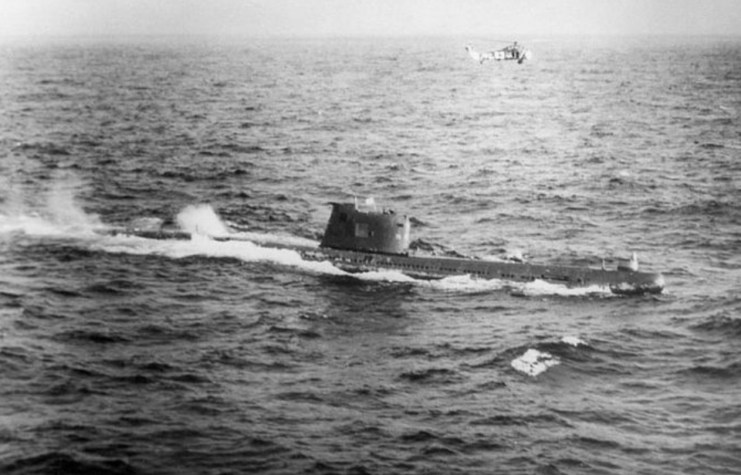
The plot of Crimson Tide was inspired by the real-life mutiny that was attempted aboard a submarine during the Cuban Missile Crisis. The biggest difference between the film and this real-life event was that it actually happened aboard a Soviet submarine and not an American one.
After the Soviet vessel, the Foxtrot-class B-59, had been out of contact with Moscow for multiple days, her crew didn’t know whether or not war had broken out between the Soviet Union and the United States. The submarine’s captain, Valentin Grigoryevich Savitsky, believed a conflict had started and was determined to launch the vessel’s nuclear weapons.
He, Political Officer Ivan Semyonovich Maslennikov and Commander of the Deployed Submarine Detachment Vasily Arkhipov were the highest-ranking officers aboard, and they all had to agree on if they were going to fire B-59‘s weapons. The reason they needed to was that they’d be firing a nuclear torpedo, as opposed to a traditional one.
Arkhipov was the only one opposed to launching the weapon and, as the submarine’s batteries ran low, convinced the captain to surface. Once above the water, the crew discovered war hadn’t broken out, and they were ordered to return to the USSR.
A Discovery Channel documentary inspired filmmakers
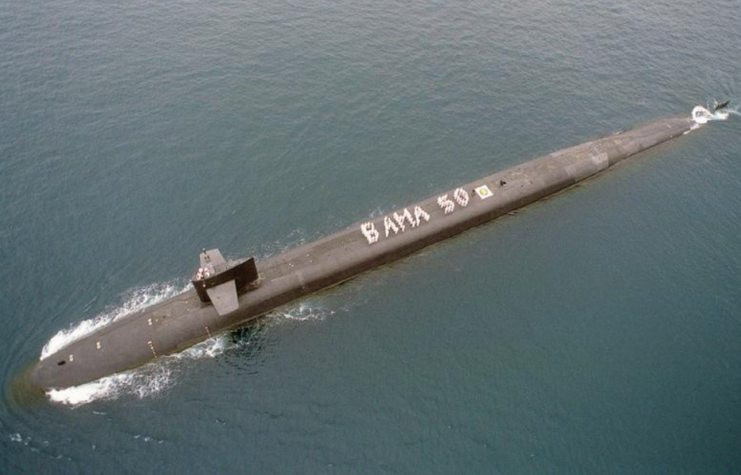
Don Simpson and Jerry Bruckheimer, the film’s producers, as well as Tony Scott, are all known to have taken inspiration from sometimes strange and unique sources. Scott, for instance, was inspired to make Top Gun after reading an article about the US Navy Fighter Weapons School, commonly known as TOPGUN School.
A 1993, four-part documentary series released by the Discovery Channel, titled Submarines: Sharks of Steel, is what inspired the filmmakers to make Crimson Tide. Michael Shiffer was then hired to write the screenplay, which he did alongside naval novelist Richard P. Henrick.
The casting might have been very different
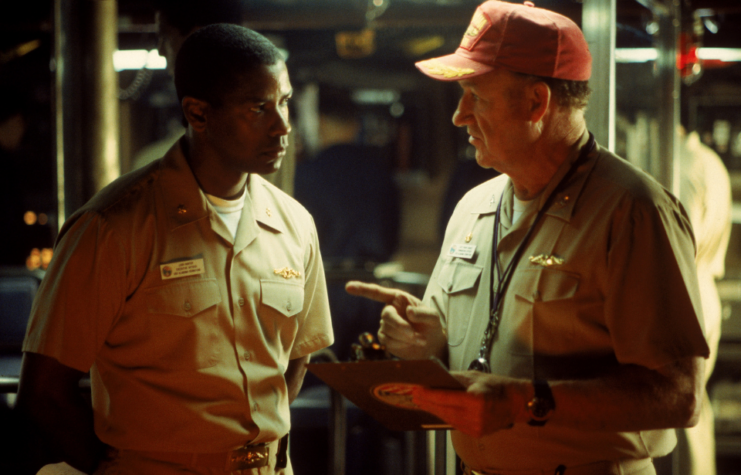
In Crimson Tide, Capt. Frank Ramsey is portrayed by Gene Hackman. It’s hard to watch the film and imagine someone else in the role, but Hackman was actually the filmmakers’ third choice. Ahead of him were Warren Beatty and Al Pacino. Both took too long to agree, and Hackman was the first to say “yes.”
More from us: Behind-the-Scenes Facts About ‘Schindler’s List’
Denzel Washington played the role of Lt. Cmdr. Ron Hunter. That being said, Brad Pitt almost took the part. Pitt had heard that Pacino was in the running to portray Ramsey, and he was excited to get to act alongside the famous actor. Once Pacino was no longer in the running, Pitt backed out.
The post Behind-the-Scenes Facts About ‘Crimson Tide’ appeared first on warhistoryonline.
Behind-the-Scenes Facts About ‘Crimson Tide’
Philippines Truth
Post a Comment
0 Comments